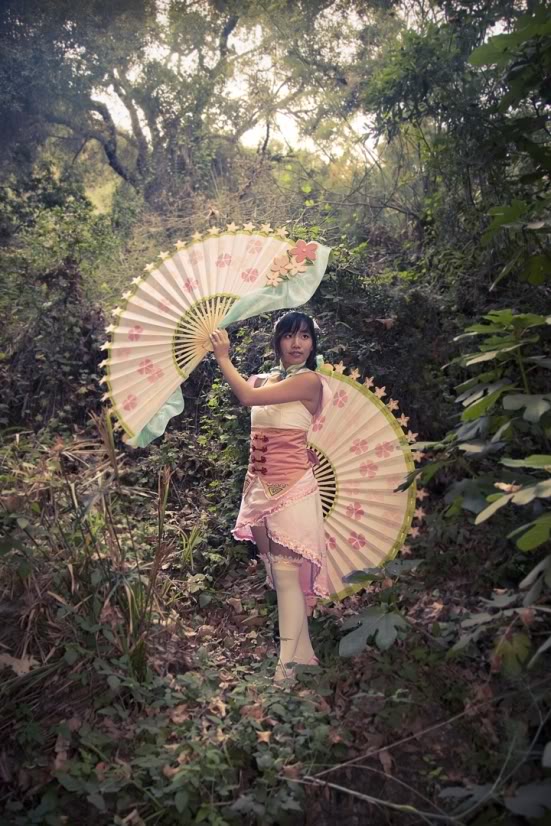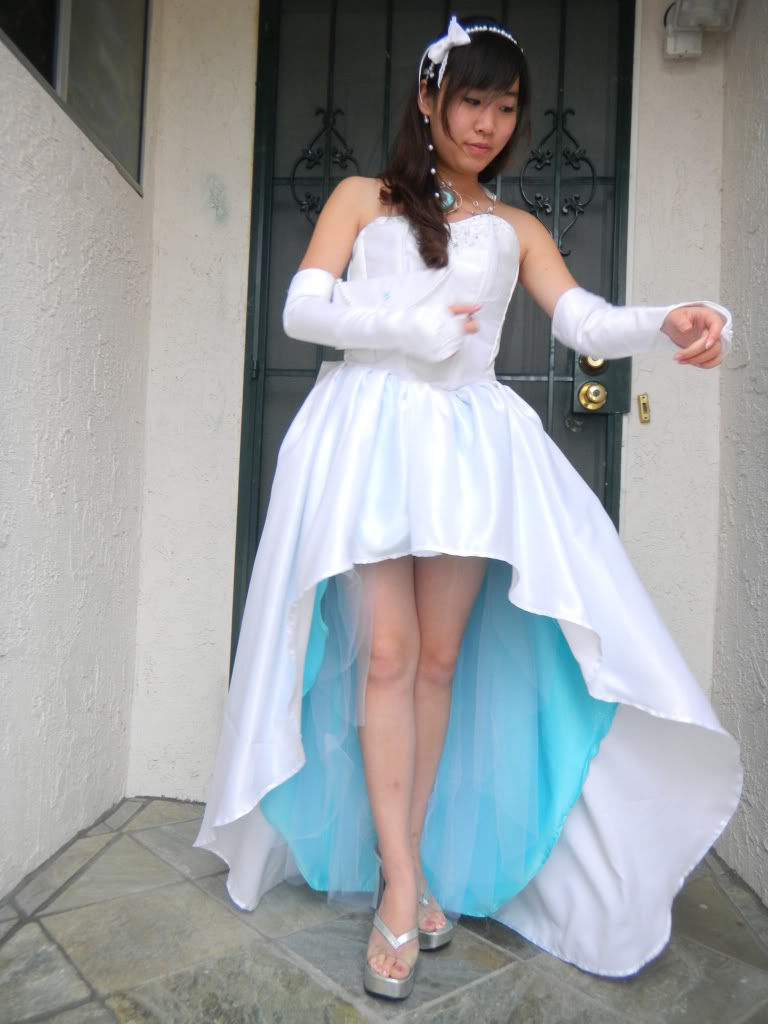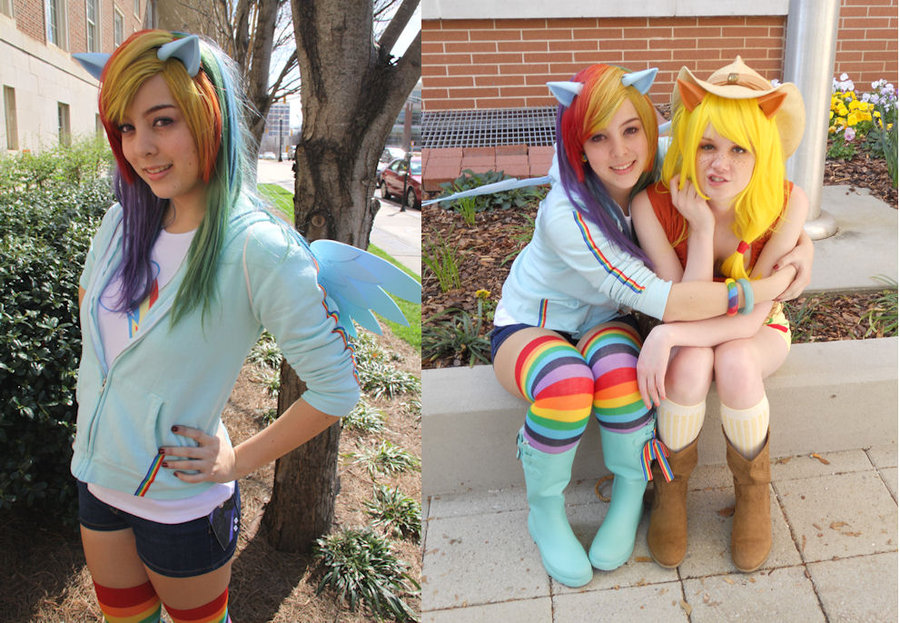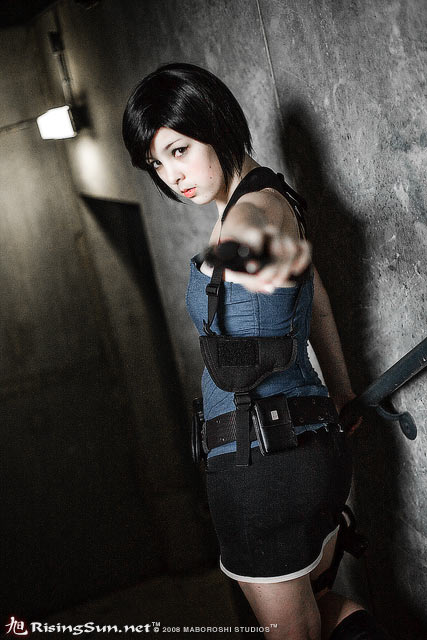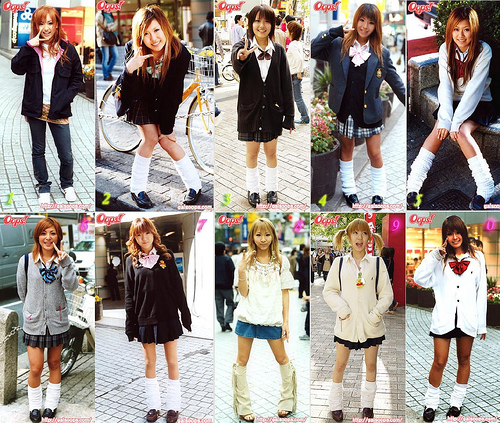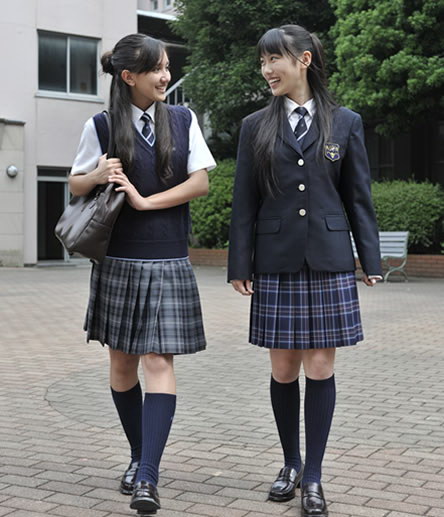
If you are looking for buying Japanese School Uniforms ,you’d better know a little history and current situation about it. And we will introduce more about Japanese school uniforms’ Patterns And Accessories today, you can find some advices in this post i think , and if you are planning do Japanese School Uniforms related cosplay , you can not miss this post XD .
1.To Know Categories and Patterns of Sailor Uniforms by Examples in Animes/Manga
Sailor uniforms are divided into Kanto and Kan

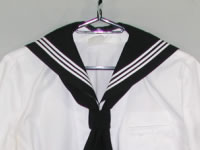
Above picture shows you Kanto collar. This series include Kanto and Sapporo collar (Hokkaido series). Kanto collar is widely adopted in the east Japan. But as the name implies, Sapporo collar is popular in the metropolis of Hokkaido – Sapporo.

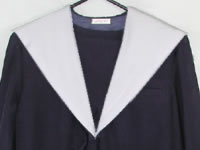
Kansai collar is prevalent in Kyrshu. And Nagoya collar is more used in Nagoya areas.
Sailor uniforms from Kanto series carry collars that are smaller or slightly equal to the shoulder width. The cut is high. Sapporo series adopt curvilinear round collars. The breast line is also high. Kansai series have large triangular collars, which are as wide as the shoulders. Most Nagoya collars are made to be white.
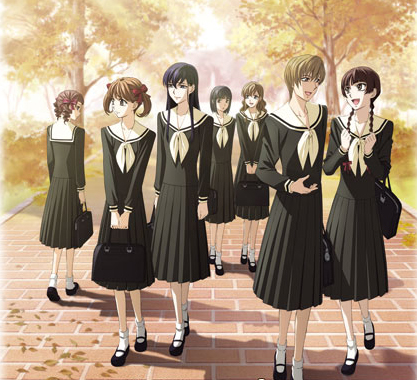
Sailor uniforms described in the Maria Sama Ga Miteru series are exactly the most orthodox sailor suits. Uniforms worn by Rosa Foetida, Rosa Gigantea and Rosa Chinensis definitely belong to Sapporo collar series. Even though Lillian women’s college is located in Tokyo Musashino where should belong to Kanto series, but Sapporo collars are used in that anime. Nobody knows the reason. Probably, curvilinear round collar design better shows girl’s dolce and fit the richly lily sense in Maria Sama Ga Miteru.

Then, let’s take a look at some roles with classic Kansai collars. First, focus on the well-known chairman of the student union in Hayate the Dombat Butler – Miss Du Chuju. Her sailor uniform was altered by the painter to be a sailor suit on the upper body and a dress on the lower part of body. Stand collar and wide shoulders are still adopted. Then, when it comes to girls in the hot Galgame of To Heart released by Leaf organization, they wear wide and red butterfly collars. These uniforms carry collars with straight lines and deep v neck that is lower than the breast line. By the way, author for Hayate the Dombat Butler – Kenjiro Hata was born in Japan Fukuoka Prefecture, which belongs to Kansai Kyrshu areas. Thus, Kansai collar series are certainly used in his works. And likewise, author for To Heart was born in Osaka. He is also prone to choose Kansai collar series.

Then, v neck on sailor uniforms is meaningful. Necktie or bowknot is usually paired in front of a v-neck. Like this picture shows to you, people will notice accessories on the chest, rather than the size of the chest in this case. Thus, girls with small busts give spectators a naturally visual illusion while revising their figures by sailor uniforms with bowknots. Most people do consider girls with sailor suits to be chipper, naive and cute.
Collars that are designed to be as wide as shoulders aim to decorate narrow shoulders. With shoulders covered by large shoulder pads, girls will seem more petite and dolce. In the world of anime, manga and game, Loli seems more childish and cuter after putting on a sailor uniform.

Bodice is absolutely a must-have item on most sailor uniforms. Take school uniforms for North High College in The Melancholy of Suzumiya Haruhi for examples. V neck has been much lower than the breast line and reached to the abdomen. How can a bodice worn inside be neglected? Thus, bodice becomes required item for sailor uniforms with Kansai collar styles.
2.Frequently Seen Accessories on Sailor Uniforms
Next, let’s take a look at another crucial element on sailor uniforms – accessories on the front of chest. As what we have said before, a pretty ornament on the colpus is helpful in drawing eyeballs. Cute embellishments always make anime roles seem much cuter. Generally speaking, ornaments on Galgame sailor uniforms can be divided into four categories: western-style necktie, small triangular scarf, silk ribbon and bowknot. It’s not so popular to pair a sailor suit with a western-style necktie, which originates in England. In the middle ages, England is rather backward. Rude men were accustomed to clean greasy dirt on beards and mouth by sleeves. For convenience, wives tied a piece of long fabric on their husbands’ clothes, which is used as napkin. Along with the development of British culture, even though gentlemen in England changed this habit, they had been used to wearing fabrics on their clothes. When updates took place on those “napkins”, they gradually became must-have accessories for western-style clothes. To wear a necktie makes people feel solemn and accentuates the wearer’s temperament. This kind of design better fits awe-inspiring girls in Galgame. In the anime world, sailor uniforms with neckties only occupy a small amount. The most outstanding one should be Kage Kara Mamoru produced by Achi Taro. Besides, the girl with blue hair in Wandering Souls, who falls in deep love with the hero is another impressive role who wears a sailor uniform with a necktie.

Western-style necktie is frequently seen.
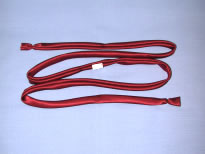
Silk ribbon on sailor uniforms often impresses people by fresh, chipper and concise feel. It’s one of the most frequently used accessories on sailor uniforms and other formal uniforms. Take Miyako Miyamura as an example. She looks rather pretty and does well in sports. On her school uniforms, the arm and shoulder parts are enlarged to be loose. In this case, the suit becomes much wider. While being paired with a red silk ribbon, it makes the girl seem much cuter and graceful (But Miyako Miyamura has been rather decadent).

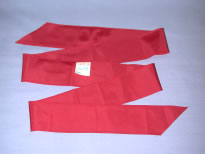
Small triangular scarf should be one of the best embellishments on sailor uniforms. It carries an incomparable versatility. Hollywood celebrity Elizabeth Taylor had ever said women who didn’t wear scarves were unpromising. If necktie is a privilege for men, scarf is definitely the time to express women’s grace and sweetness. Triangular scarves were rather popular in 17 and 18th century in France. Lace and hand embroidery high-end scarves with silver threads were exactly patens for aristocratic females. Momoko Kuzuryū and Iroha Miyamoto in Sumomomo Momomo: The Strongest Bride on Earth wear uniforms on which triangular scarves are matched with triangular collars. Vivid and vibrant characters are presented in this case.
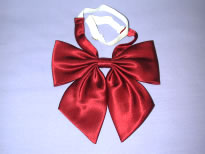
Bowknot also takes a crucial role on sailor uniforms. First, bowknot occupies a large part on the front of chest, which ideally expresses the wearers’ female property. In the anime of Kusano Kouichi, two heroines wear uniforms on which bowknots cover almost the whole bust and reach to the neck. Smaller collar makes the character seem much slimmer. While illustrator for Shuffle made sailor uniforms carry wide shoulders, low cut and big bowknot. On the lower part, tight western-style uniform is paired with beret, seeming rather fashionable.

Pullover sailor uniforms lead a big trend all the time. As sailor suits are a little tight, wearers need to loosen the neckline while taking them off. Some of them have buttons on the front side, which are easier to be worn. But in most anime and games, sailor uniforms have been altered. School sailor uniforms still maintain v neck and loose cuffs. Western uniform or one-piece dress designs are used on the abdomen. Teresa in Full Metal Panic definitely wore a uniform that can be unfastened from the middle part. But the heroine in Akane Saka – Yuuhi Katagiri and Du Chuju in Hayate the Dombat Butler chose sailor uniforms that adopted traditional patterns on the upper part and lace one-piece dress. This kind of combination makes people feel a rich sense of western fashion and maintains student’ properties, making ordinary students seem much nobler.
When it comes to accessories on the lower part of body, skirts and silk stockings rule the roost. They create “absolute domains” said by men. Exposed white skin between silk stockings and short skirts can be considered to be consecrate parts. Appeal on sailor uniforms and maid outfits will greatly fade if these “absolute domains” are neglected. Like accessories on the front of the chest that create visual illusion, the space between sailor uniform and waistline contributes a lot to flatter wearers’ figures. As we all know, lots of sailor uniforms seem columnar because it’s not a one-piece pattern. When a skirt or corset is put on, you will always feel a sailor uniform is loosely covered onto the waist. In Memories Off 6, Tohmine Ririsu seems rather slim when her sailor uniform covers the skirt and the corset tightly covers the waist. In this case, most girls can look more slender in spite of plump waistlines.



Ruffle patterns on skirts are usually divided into three patterns. Some of them are outward. Some of them are inward. And some of them have more ruffle circles. In most cases, today’s sailor uniforms are not too short. Authorized school uniforms are more conservative. Like school uniforms in Maria Sama ga Miteru and Aoihana, they are made to be rather long, well protecting girls from peeping.
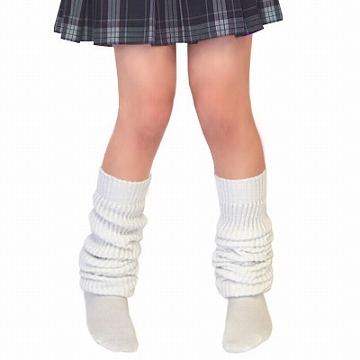
Loose socks are also called as elegant sox. As Japanese girls love to wear dresses, they wear loose socks to hide some undesirable lines on calves. Loose socks have gradually become standard accessories for sailor uniforms in the anime and manga world. Mikoto Misaka in Toaru Kagaku no Railgun should be a well-known role with loose socks.

